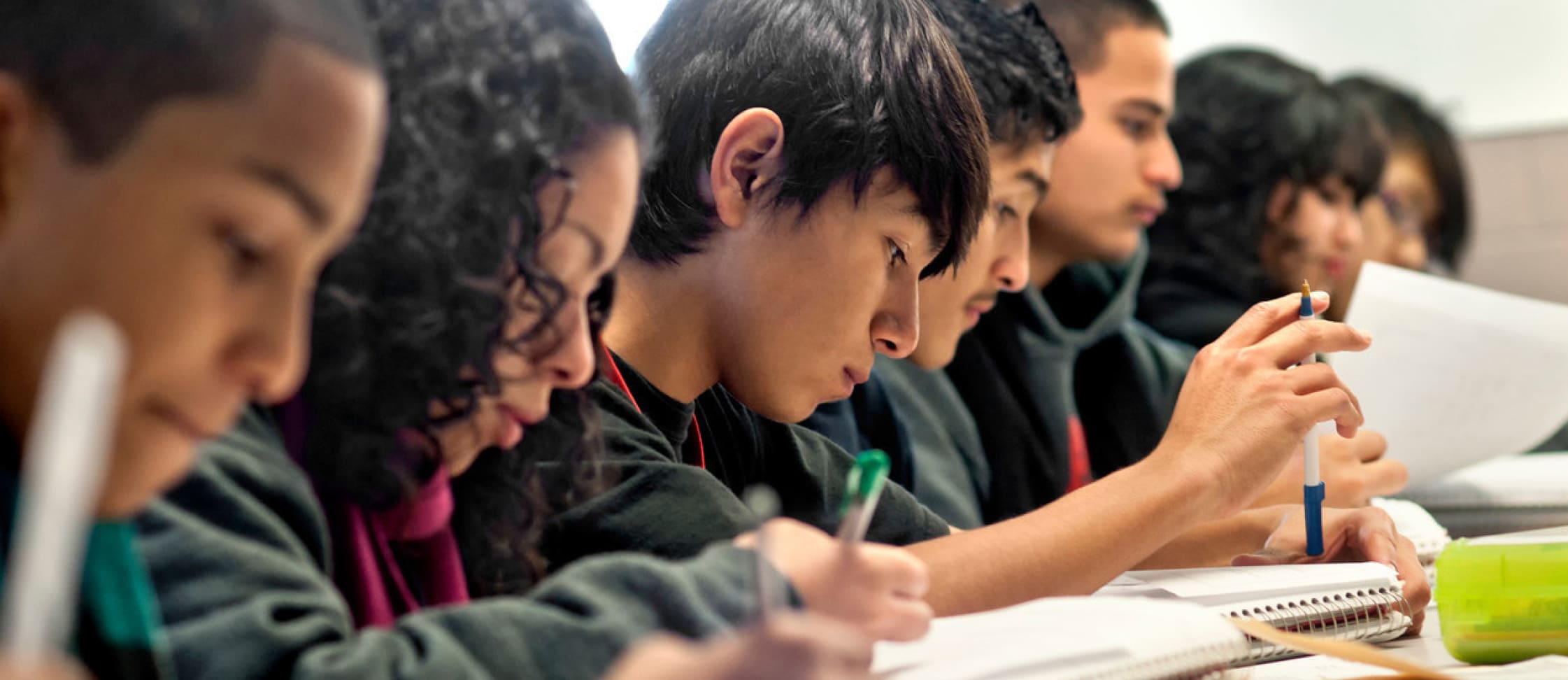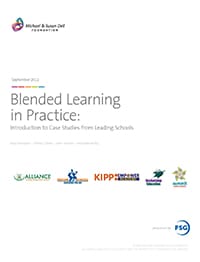Blended learning has attracted serious attention as schools across the country have implemented it in various forms, and yet we are only beginning to learn about its implications for the educational system, teachers, and students. With support from the Michael & Susan Dell Foundation, FSG researched 5 leading blended-learning schools from across the country to document their journeys to blended learning, how blended learning impacts the schools’ instructional, operational, and financial models, and lessons learned from implementation.
Top Takeaways
- Before the first students ever set foot into a blended learning classroom, school leaders must consider several key questions, including how blended learning will support the school’s larger vision, how it will affect the school’s financial model, and how it will change human capital needs.
- Implementing a blended learning approach goes far beyond good design. The best schools will create a process for innovation and continuous improvement, budget additional resources for technology and infrastructure, and be ready to face ongoing challenges in integrating online and offline learning.
- There are several key opportunities for the field of blended learning, including: better online programs, better integration of data, innovative partnerships between schools and vendors, and the creation of communities of practice.


